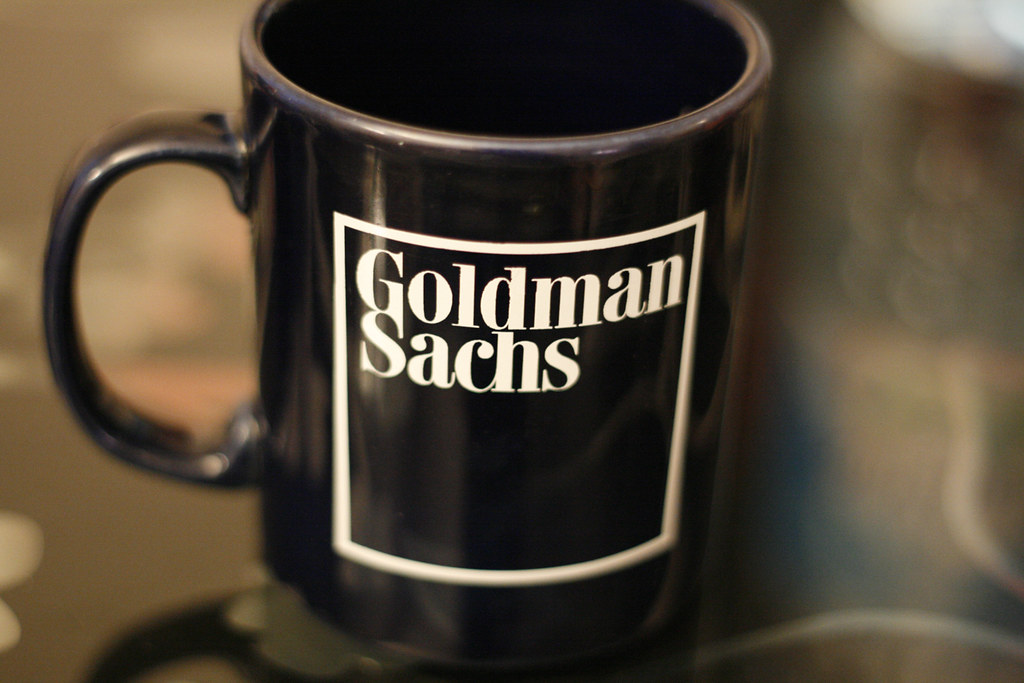
One recent report from Goldman Sachs sounded the alarm on an unintended execution that could be devastating collision course economic fallout from the White House’s bellicose tariff tactics. The financial giant believes these responsibilities will increase inflation. They foresee an increase in unemployment and a clear deceleration in the pace of economic expansion. Here’s the kicker… Former President Trump announced a very special kind of tariff on Wednesday. Tariffs like these would pile on to today’s economic stressors and raise the risk of a recession even higher.
Earlier this week, Goldman Sachs sharply raised its core inflation forecast. They raised their forecast for non-volatile core PCE, now expecting it to increase to 3.5% in 2025 – a 0.5 percentage point increase from their September forecast. This figure is well above the Federal Reserve’s target of 2%, a clear warning that the economy may be overheating. The firm is raising its probability of recession in the next 12 months from 20% to 35%. This change underscores the increasing unpredictability on the economic front.
Impact on Inflation and Employment
These upcoming tariff increases will drive inflation significantly higher than the Federal Reserve’s goal. This comes as Goldman Sachs expects unemployment to rise to 4.5%, a 0.3 percentage point increase from its previous forecast. The firm recently cut its GDP growth forecast to just 1%. They forecast anemic economic growth, with an annualized rate of only 0.2% in the first quarter and 1% for all of calendar year Q4 2024 – Q4 2025.
“We continue to believe the risk from April 2 tariffs is greater than many market participants have previously assumed.” – Jan Hatzius
The tariffs are guaranteed to cause economic harm on multiple fronts. They will have an effect across all sectors of the economy and potentially eliminate millions of jobs, as companies respond to new cost structures.
Federal Reserve’s Response
In response to the shifting economic conditions, Goldman Sachs now predicts that the Federal Reserve will cut its benchmark interest rate three times this year, each by a quarter percentage point. This change is a hike from their last prediction of two cuts. The benchmark rate will be lowered from its current range of 4.25% to 4.50% as soon as today.
“We have pulled the lone 2026 cut in our Fed forecast forward into 2025 and now expect three consecutive cuts this year in July, September, and November, which would leave our terminal rate forecast unchanged at 3.5%-3.75%,” – Goldman economists
The firm argues that significant rate cuts will be needed to offset the economic drag effect on the economy caused by the tariffs. This action will continue to support orderly conditions in financial markets.
Tariff Implications
Goldman Sachs forecasts that tariff rates will initially surge by 15 percentage points as part of Trump’s reciprocal tariff plan. Such a scenario, once thought to be a “risk-case,” now looks more probable in light of recent events. The firm is expecting a significant decrease in these rates. They want them to drop to around 9 percentage points due to exclusions for products and countries.
Instead of accepting this outcome, as noted by The Wall Street Journal, Trump is advocating for even tougher tariffs. Such a move might mean a blanket 20% blow to all U.S. trading partners. These types of measures would only exacerbate trade relations abroad and add to the economic burdens already being experienced by American businesses and consumers.
Author’s Opinion
The proposed tariff increases will significantly disrupt the already fragile U.S. economy. While the intention behind these policies is to put pressure on foreign trade partners, they are likely to result in higher inflation, rising unemployment, and decreased economic growth. With the risks of a recession on the horizon, a more balanced approach to trade and economic policy is needed.
Featured image credit: Vitya_maly via GoodFon
Follow us for more breaking news on DMR
